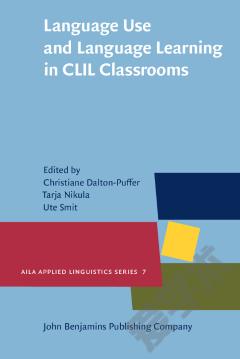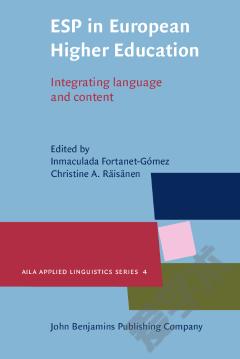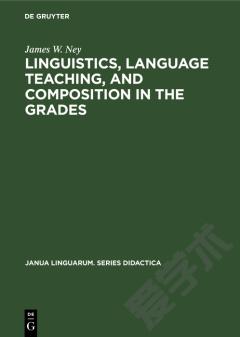Discourse in Content and Language Integrated Learning (CLIL) Classrooms.
The label CLIL stands for classrooms where a foreign language (English) is used as a medium of instruction in content subjects. This book provides a first in-depth analysis of the kind of communicative abilities which are embodied in such CLIL classrooms. It examines teacher and student talk at secondary school level from different discourse-analytic angles, taking into account the interpersonal pragmatics of classroom discourse and how school subjects are talked into being during lessons. The analysis shows how CLIL classroom interaction is strongly shaped by its institutional context, which in turn conditions the ways in which students experience, use and learn the target language. The research presented here suggests that CLIL programmes require more explicit language learning goals in order to fully exploit their potential for furthering the learners’ appropriation of a foreign language as a medium of learning.
{{comment.content}}








 京公网安备 11010802027623号
京公网安备 11010802027623号